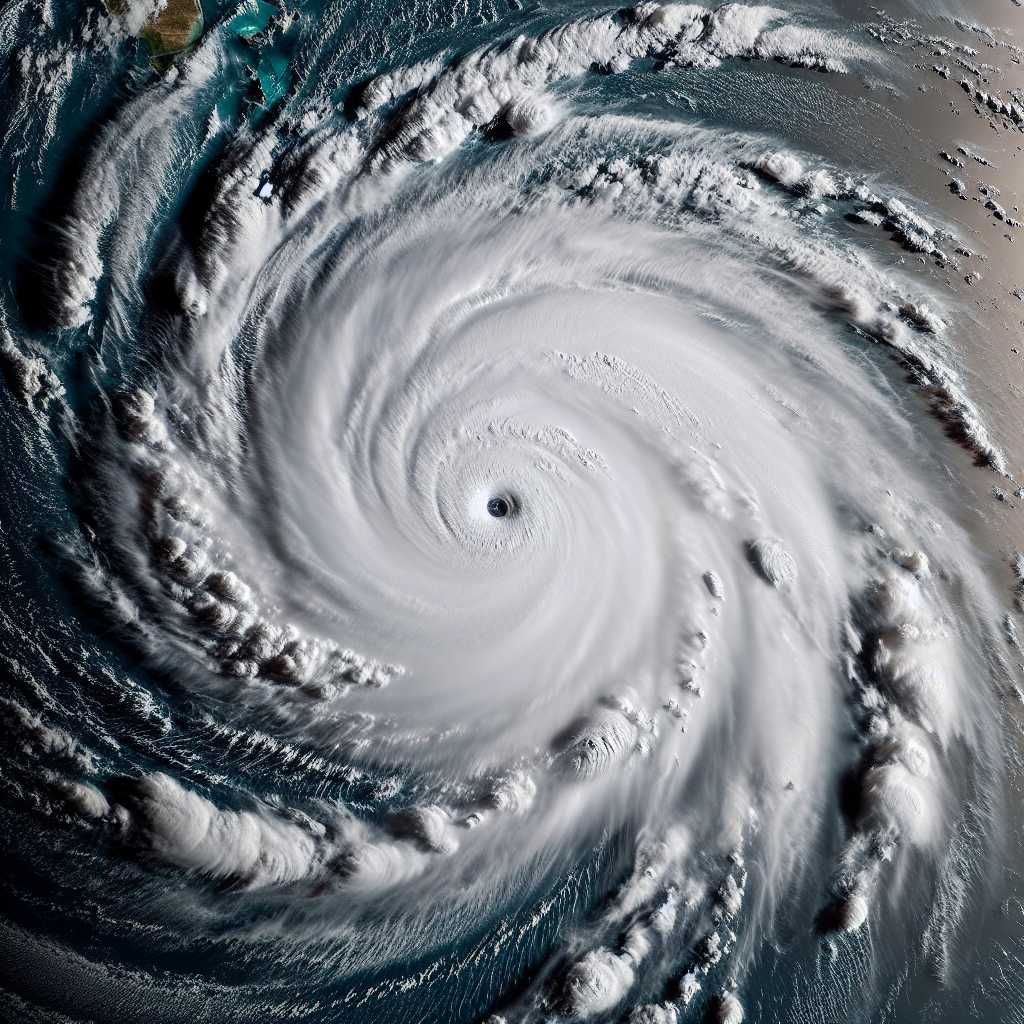The Devastating Impact of Hurricane Andrew: A Recap of the Catastrophic Storm
Hurricane Andrew was a powerful and devastating Category 5 Atlantic hurricane that struck the Bahamas, Florida, and Louisiana in August 1992. It remains one of the most destructive hurricanes to ever hit the United States in terms of structural damage and was the costliest in financial terms until surpassed by Hurricane Katrina in 2005. This article provides an overview of Hurricane Andrew, including its development, impact, response, and long-term effects on the affected regions.
Formation and Path of Hurricane Andrew
Hurricane Andrew developed from a tropical wave over the central Atlantic. Feastening into a tropical storm on August 17, it began a journey that would have catastrophic consequences. Andrew reached hurricane strength on August 22 and quickly intensified to a Category 5 storm, the highest categorization for hurricanes based on the Saffir-Simpson scale, which specifically measures wind speed.
The hurricane’s path took it across the northwestern Bahamas, then directly towards the Florida peninsula. Andrew made landfall in Florida on August 24 near Homestead as a Category 5 hurricane with wind speeds up to 175 miles per hour. After raking across Florida and briefly emerging into the Gulf of Mexico, it struck Louisiana as a Category 3 hurricane on August 26, eventually dissipating over the central United States.
Impact on the Bahamas, Florida, and Louisiana
In the Bahamas, particularly the islands of Eleuthera and Bimini, Hurricane Andrew caused considerable damage but fewer casualties due to the lower population density and timely evacuation efforts. Properties were destroyed, and infrastructure was severely damaged.
Florida bore the brunt of Andrew’s fury. The storm surge combined with extreme winds led to widespread destruction. Particularly hard-hit was Miami-Dade County, where entire communities like Homestead were left in ruins. The cost of damage in Florida alone soared into tens of billions of dollars, and dozens of lives were lost.
In Louisiana, although striking with less intensity than in Florida, Hurricane Andrew brought substantial damages as well. The flooding compounded the destruction caused by high winds, affecting homes, farms, and leading to massive economic losses due to damages in the oil production facilities within the Gulf area.
Response to the Catastrophe
Hurricane Andrew tested disaster preparedness and response from local to federal levels. In Florida, swift evacuations and emergency services efforts saved countless lives. However, there was widespread criticism regarding response times for aid delivery and addressing infrastructure needs post-hurricane.
The Federal Emergency Management Agency (FEMA) faced particular scrutiny for its handling of the disaster. Post-storm analysis led to constructive changes in how FEMA would respond to future disasters.
Commendable local community engagement saw neighbors helping neighbors, underscored by nationwide support as volunteers flooded into affected areas to assist with relief efforts.
Long-term Effects and Changes in Policy
In the long-term, Hurricane Andrew had both devastating and reformative effects on building codes and insurance policies. Areas like Miami-Dade County implemented some of the strictest building codes in the nation to avoid similar devastation from future storms.
The hurricane exposed weaknesses in public awareness campaigns concerning severe weather preparation which led to improved communication about such dangers.
Insurance industries faced massive payouts which led to many companies either raising their rates or withdrawing from coastal markets altogether. This eventually fostered a restructuring of the windstorm insurance system in hurricane-prone areas.
Recovery and Reconstruction Efforts
The reconstruction process following Hurricane Andrew was immense. It involved rebuilding infrastructure such as roads, bridges, and utilities, but also countless homes and businesses. With federal funding and reconstruction loans from agencies such as the Small Business Administration aiding these efforts, impacted communities eventually recovered over time.
This period also saw increased interest in hurricane research, leading to better predictive models. As technology improved year after year since Andrew’s landfall, so did forecasts and preparation strategies that can save lives during future storms.

